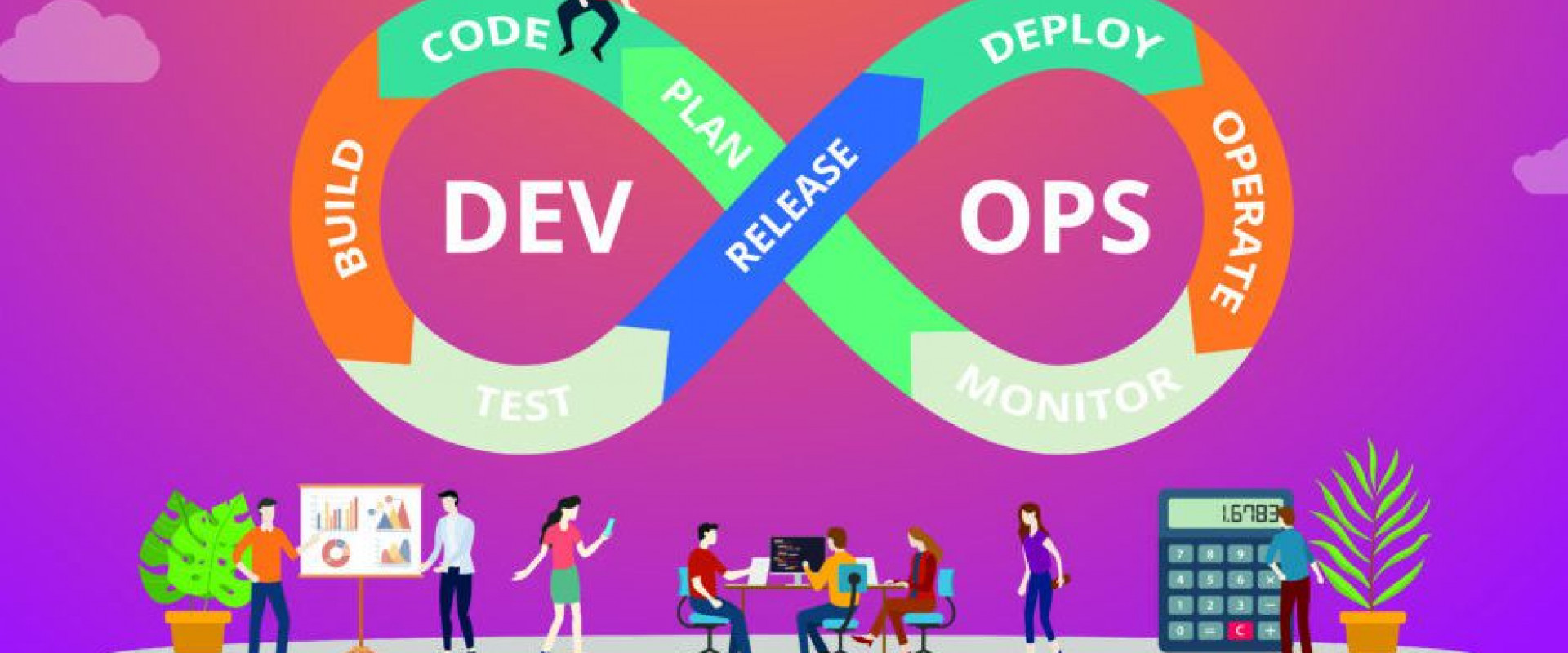How To Boost Your In-house Enterprise DevOps Talent?

Boost your in-house DevOps team's talent by enhancing business confidence, minimizing operational friction, leveraging automation, providing in-house training.
In 2010, Amazon moved from physical serves to Amazon web services. This initiative was a part of their enterprise DevOps transformation. Needless to say, it worked in their favor. Like this, there are numerous organizations that are leveraging enterprise DevOps for greater scalability, efficient collaboration, and communication, faster release cycles, better code quality, etc.
But, adopting enterprise DevOps is not a piece of cake. To successfully implement enterprise DevOps, you need to hire reliable people who live and breathe DevOps. Or, you may follow key practices to boost your in-house DevOps talent. In this article, let’s discuss a few of such key practices!
Enhance Business Confidence
Boosting in-house DevOps talent starts from the cultural transformation. You should clearly define roles and responsibilities to all the members involved in the DevOps lifecycle. This will instill confidence amongst team members and they will start recognizing their worth for the whole transformation process.
In 2015, Starbucks was struggling while handling 300k daily users on their decade-old architecture. While moving forward with DevOps transformation, they instilled business confidence by making each person accountable for a particular task. Following this, Starbucks managed to reduce cycle time by 74%.
Minimize Operational Friction
DevOps culture demands constant collaboration between development and operations teams to deliver quality products. Usually, there is some kind of gap between both groups which hinders you to explore the complete potential of DevOps. This particular problem can be addressed by adopting real-time collaboration tools amongst different teams.
An American e-commerce company Etsy also struggled with the same problem. Their operational friction was affecting their productivity. This is why they adopted DevOps culture in 2009. In 2015, the former VP of Technical Operations at Etsy said that “They realized that when developers feel responsibility for deployment, they also would take responsibility for application performance, uptime, and other goals.”
Leverage Automation to Its Fullest
DevOps is incomplete without automation. If you want to harness the full potential of your DevOps talent, you must encourage them to use automation. Automating DevOps enables teams to generate metrics with ease. However, implementing automation might pose a challenge for your existing processes and tools. You need to consider automation tools that encourage CI/CD pipelines for cloud-ready apps.
In 2006, HP decided to adopt DevOps after realizing that they were only releasing two software updates throughout the year. The company adopted test automation and standard DevOps practices. The results were astonishing. They were able to make 75000 to 1,00,000 lines of code changes in a single day.
Train Your In-house Teams
Last but not least, boosting in-house talent needs constant training. You can enroll your DevOps teams in boot camps, groups or hire DevOps experts to nurture their skillset. Mike McNamara, Chief Information Officer at Target believed that “An essential part of Target’s DevOps strategy was the creation of an immersive, six-week session called the “Dojo,” where teams do their usual work alongside agile coaches who support them as they engage with DevOps. This helped us overcome transitional resistance without losing productivity.”
Conclusion
DevOps is the future of any organization that is looking to scale its business. Hence, you need to adopt it sooner or later. This guide is a concise guide on steps to follow in order to nurture your in-house enterprise DevOps talent. What’s your DevOps story? We would love to hear about your experiences!
Relevant Blogs:
GitOps Best Practices for DevOps Teams
Infrastructure as Code: Everything You Need to Know
Test Automation vs. Autonomous
Testing CI/CD for Cloud-Native Applications
Recent Comments
No comments
Leave a Comment
We will be happy to hear what you think about this post